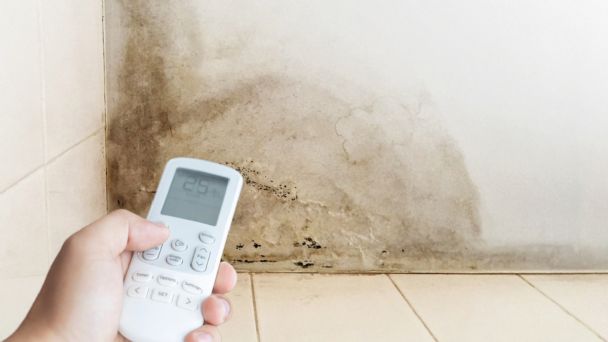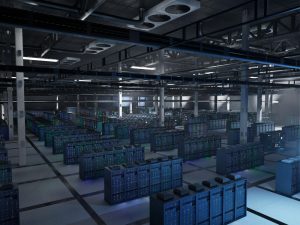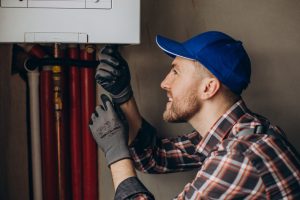Microbial contamination persists in any environment, and even more so in a neglected one, whose cleaning is inefficient and with poor natural air circulation or through air conditioning systems.
The manifestation of inhalation fever and allergic alveolitis will be preceded by specific problems in membranes and the respiratory system, from people in constant contact with dirty surfaces due to microbes spread in ventilation systems, and by direct interaction with an air conditioner in poor conditions, with excessive humidity being a preponderant catalyst for such a problem. Furthermore, this problem damages the systems themselves, implying large expenses for this type of installation. In this sense, maintenance is essential, as well as the inclusion of special air conditioning technology, such as those provided by industrial desiccants.
The unmistakable signs of a place in poor condition – due to excess humidity from outdoors, rain, or from ventilation and air conditioning itself – are manifested through visible moisture stains on walls and ceilings. If a clear mold is perceived, with its greenish tones and even the presence of spore hairs, then the situation is even more serious. This will lead to a sensitive olfactory perception, with unusual odors typical of mold.
In this phase, deep repair is essential, investigating problems in water pipes and air conditioning system ducts. At some of these stages, a portable desiccant mechanism, or even a fixed one, may be required, configured throughout the artificial climate installation.
Moisture problems in RAC systems
- A notorious problem is the shortened useful life of these devices. It is normal, because after all, the microorganisms, and the dirt generated in their components, interfere with the operation of the devices, hindering their efficiency, without providing the necessary pure air indoors, with relevant energy costs.
- Likewise, excessive maintenance costs will manifest, all because the daily or weekly issues of an air conditioner, humidifier, purifier, and the like are not taken care of. This will invariably lead to high costs in eventual component replacements.
- The insulation of the mechanisms is reduced, leading to poor functioning of the system, leading to inherently high energy consumption.
- Missing all the clear signs of poor and even dangerous operation of ventilation and air conditioning will lead to a reduction in property value due to structural damage to the property. Therefore, it is essential to address this type of problem, or, rather, to anticipate it so as not to lead to significant measures.
Dehumidification through industrial desiccant systems helps maintain a status quo in business air conditioning as if it were a standard for technological implications in the challenges linked to indoor air quality in any residential and industrial facility.
By finding anomalies in the structure and the air conditioning itself, and how these affect the internal pollution of rooms and work areas, the inspection of buildings by the different organizations in charge of the requirements to promote quality indoor air is in full swing. power to outline the maintenance process and the corresponding actions, for the improvement of air conditioning systems, as well as natural ventilation itself.
The recommended tasks range from cleaning trays, condensate components, coils, drainage pipes, and other issues that involve the growth of microbial fauna. A corrective action lies in disinfection or sanitization, in case there is a significant invasion of microorganisms in the air conditioning and the building structure in general. But it is repeated, the best thing will always be to use preventive actions, attending to periodic cleaning promptly, as well as maintenance carried out by specialists in air conditioning and industrial heating.
Condensate drainage is perhaps the most relevant issue because a failure in that area would lead to spills in the central units, which would lead to a dispersion of the same contaminated condensates through the air, in the form of dew, said microbes being in the interior of any place.




